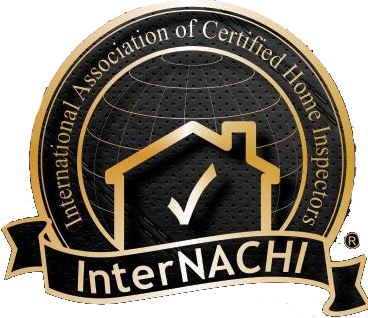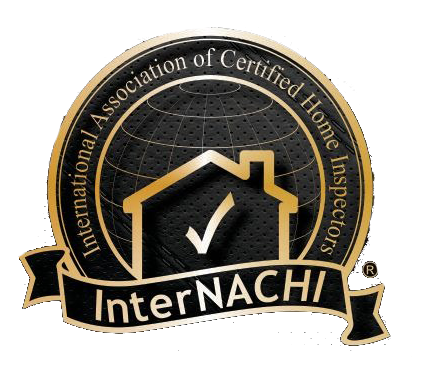When it comes to home maintenance, the exterior is often the first line of defense against the elements. A thorough home exterior inspection can prevent costly repairs and keep your home in top condition. In this blog, we’ll explore the essential components of a comprehensive exterior inspection and provide tips on what to look for.
Why Home Exterior Inspections Matter
Your home’s exterior is constantly exposed to weather, pests, and wear and tear. Regular inspections can identify issues before they become major problems. Key benefits include:
- Preventing Water Damage: Early detection of cracks or gaps can prevent water infiltration.
- Maintaining Structural Integrity: Identifying damage to siding, roofing, or foundations ensures your home remains structurally sound.
- Improving Curb Appeal: Addressing minor issues promptly keeps your home looking its best.
- Enhancing Energy Efficiency: Ensuring windows, doors, and insulation are in good condition can lower energy bills.
Key Areas to Inspect
1. Roof
- Shingles and Tiles: Look for missing, cracked, or curling shingles. Damaged shingles can lead to leaks and water damage.
- Flashing: Ensure that the flashing around chimneys, vents, and skylights is secure and intact.
- Gutters and Downspouts: Check for clogs, leaks, or damage. Properly functioning gutters direct water away from your home.
2. Siding and Exterior Walls
- Material Condition: Inspect for cracks, warping, or rot in siding materials. Different materials (wood, vinyl, brick) have specific issues to watch for.
- Paint and Caulking: Look for peeling paint or deteriorated caulking, which can allow moisture to penetrate the walls.
- Pest Damage: Check for signs of pests, such as holes or nests, which can damage the structure.
3. Windows and Doors
- Seals and Weatherstripping: Ensure seals are tight and weatherstripping is intact to prevent drafts and moisture intrusion.
- Glass Condition: Look for cracks, condensation between panes, or other damage.
- Frames: Inspect for rot or damage in wooden frames and ensure that all frames are properly sealed.
4. Foundation and Basement
- Cracks: Look for cracks in the foundation or basement walls, which can indicate settling or structural issues.
- Waterproofing: Check for signs of water intrusion, such as dampness, mold, or efflorescence (white powdery residue).
- Drainage: Ensure that the ground slopes away from the foundation to prevent water pooling.
5. Decks, Patios, and Porches
- Structural Integrity: Inspect for loose boards, railings, or supports. Ensure that all components are secure and free from rot.
- Surface Condition: Check for cracks, splinters, or deterioration in the surface materials.
- Fasteners: Ensure that nails, screws, and bolts are not rusted or missing.
Tips for Conducting an Exterior Inspection
- Use a Checklist: A checklist ensures that you don’t overlook any critical areas.
- Take Photos: Documenting issues with photos can help in assessing the severity and planning repairs.
- Seasonal Inspections: Conduct inspections at least twice a year, ideally in spring and fall.
- Professional Help: Consider hiring a professional inspector for a thorough and expert evaluation.
Conclusion
Regular home exterior inspections are vital for maintaining your home’s integrity, safety, and value. By addressing minor issues early, you can avoid costly repairs and ensure that your home remains a secure and comfortable place for years to come. Whether you choose to perform the inspection yourself or hire a professional, the key is consistency and attention to detail. Happy inspecting!

